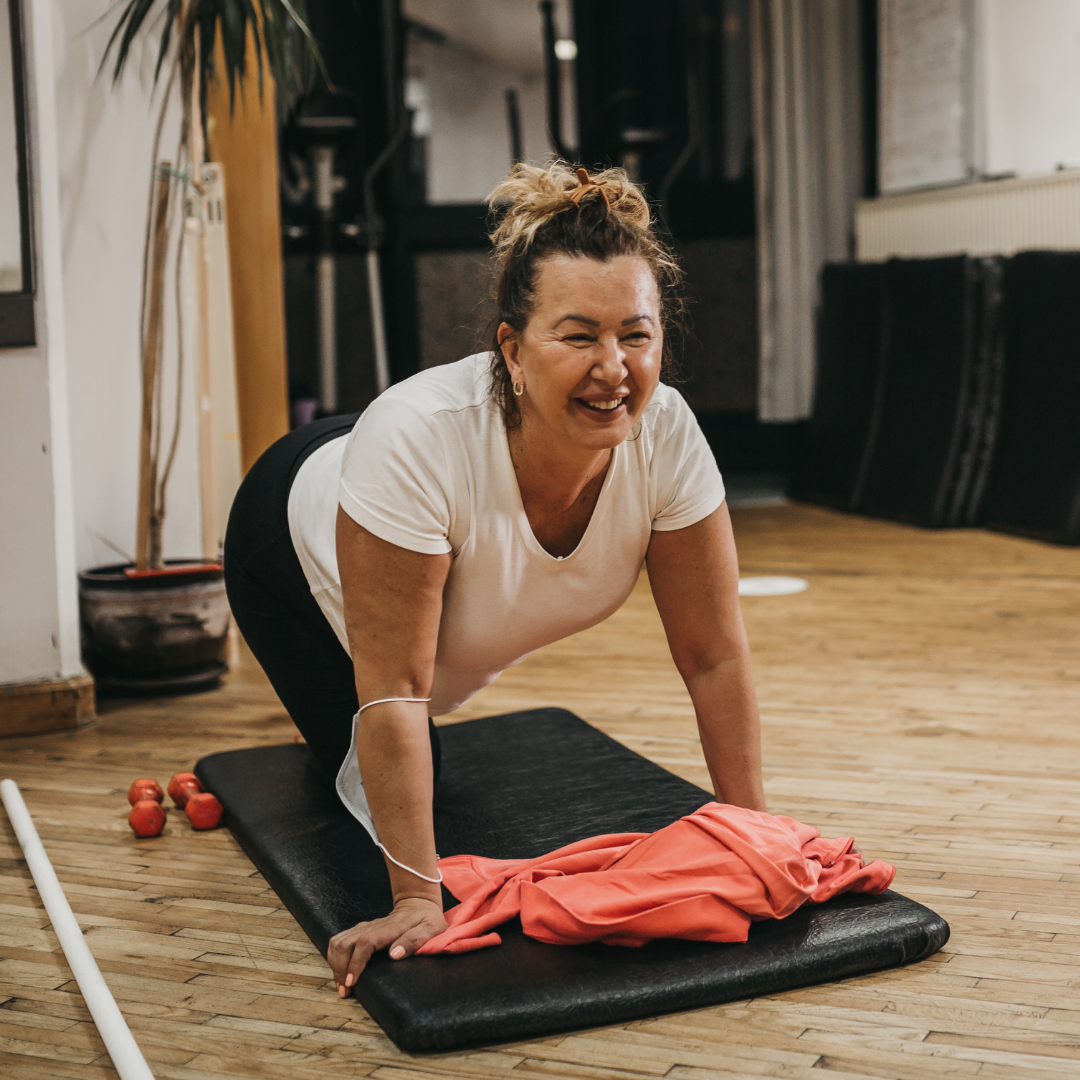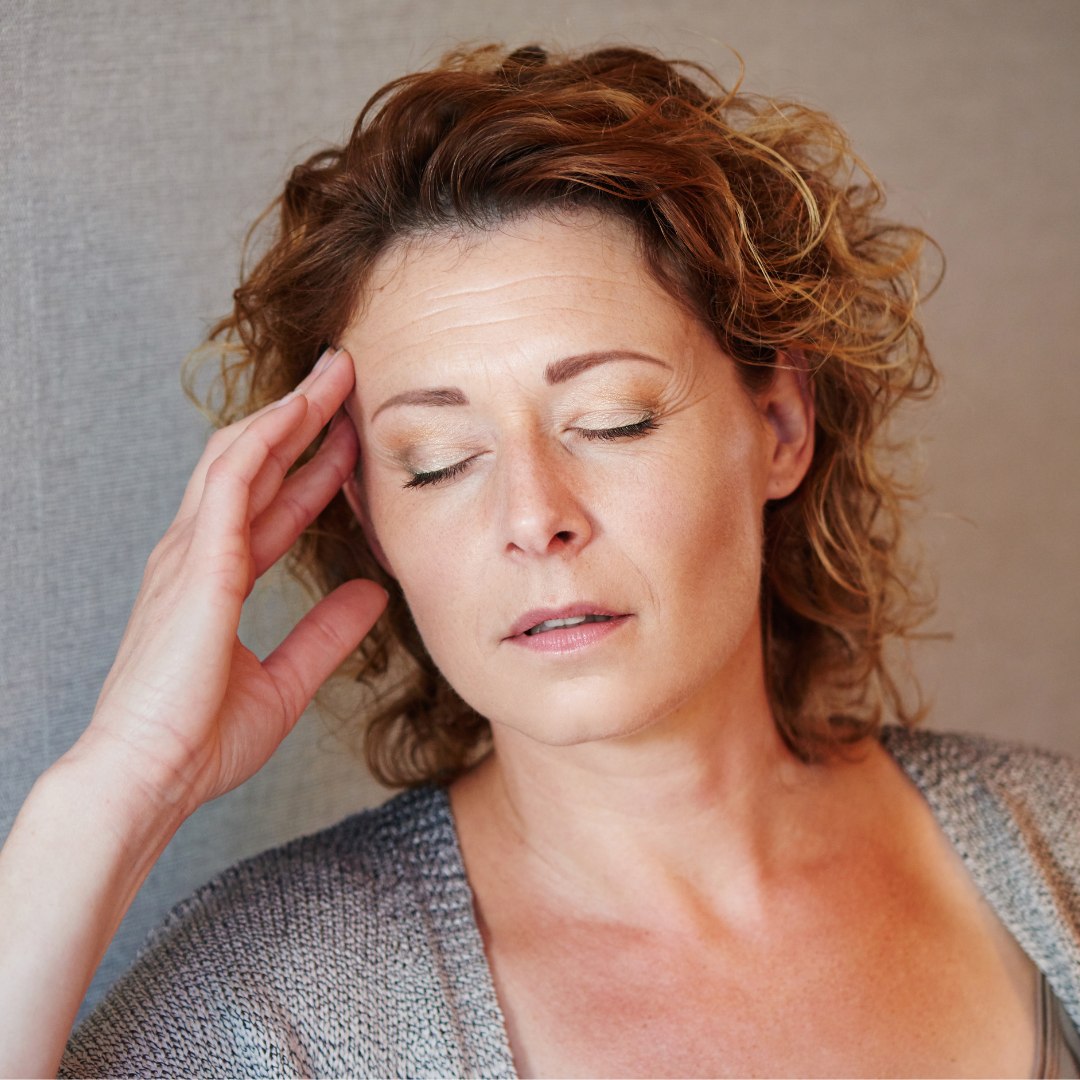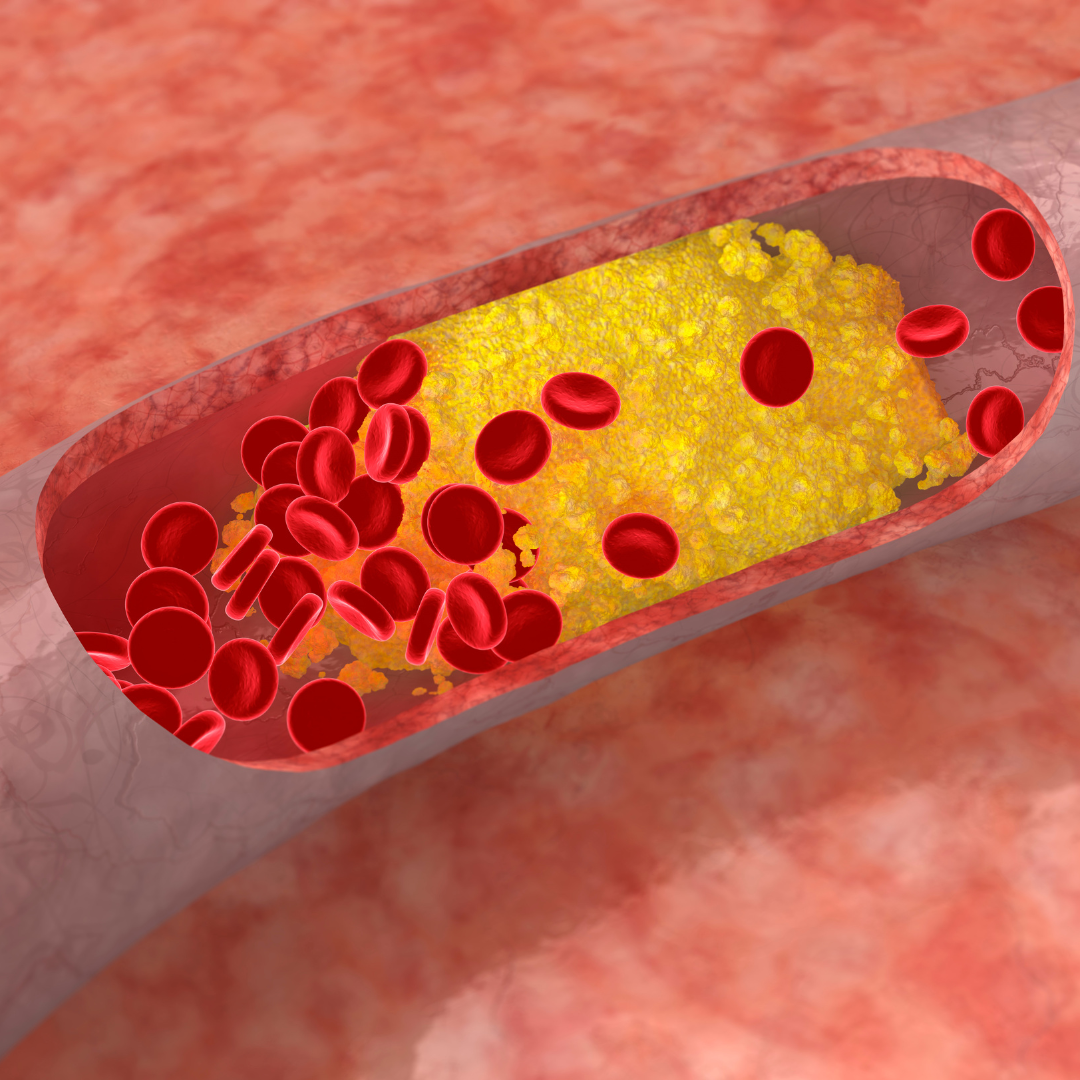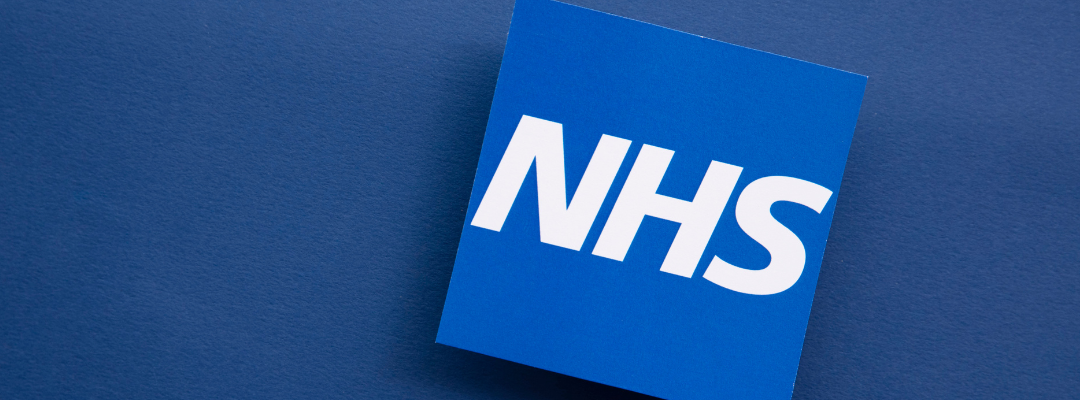
3 Key Types of Exercise for Menopause
You can’t sleep, your joints ache, and now you read that you’ve got to do some type of exercise more frequently than you wash your hair?!
Seems a bit harsh doesn’t it - especially if it’s been decades since you’ve even thought about working out, too many dreadful memories of cross country running or sweaty gym kits to tempt you back into Lycra.
But before you close this down and head off in search of something MUCH more relaxing like one of Rachel’s Mind Bites, hear me out - your 80 year old future self will thank me for it.
The thing is MOVEMENT is MEDICINE for women in the perimenopause and beyond and this is why.
As our ovaries start to produce less Oestrogen, the hormone that helps us feel juicy, energetic and laser focussed; we start to notice a knock on effect throughout our body.
Obviously there are the well known symptoms such as;
Hot Flushes (Flashes in the US)
Brain Fog
Anxiety
Lack of libido
but there are some HIDDEN symptoms such as;
Bones which are more brittle and liable to break
Muscle loss - known as Sarcopoenia
Increased risk of heart disease
These hidden symptoms can be life changing for some women but by putting some simple lifestyle strategies in place, we can actually start to reduce the risks very quickly.
So whether a woman chooses to take BHRT or not, to be able to run around with the family, avoid some of the diseases associated with aging and stay engergetic and vibrant in menopause and beyond, movement becomes a non negotiable, just like cleaning our teeth.
The right type of exercise can ease your sore joints, help you sleep better, improve those terrible feelings of rage and anxiety and even with weight control.
So why don’t we see midlife women queuing up outside gyms with their PE kit and a mat under their arms?
Having spent 20 years working with women to help them find the right type of class for them, I feel strongly that very few fitness instructors understand what women need at this time nor do they plan workouts with our menopausal body in mind.
We don’t need 60 minutes of an instructor shouting commands to perform exercises designed for men 20 years younger than us.
Nor do we need classes that focus on ‘getting ripped’ often putting huge pressure on an already compromised pelvic floor (once again oestrogen is at play here) and leading to such exhaustion that we need to lie down for the afternoon.
No - we need specialised fitness classes tailored to a woman who’s often frazzled and frightened and already spinning too many plates.
These classes can be broken down into three types, each one becomes part of your menopause ‘tool kit’ that we talk about so often.
Strength or Resistance workouts
This may be a ‘new’ type of workout for many women in menopause, and it is often the one they are most daunted by. Any exercise which involves lifting your own bodyweight, or dumbbells, resistance bands or even domestic heavy objects, counts as resistance.
This type of workout will build up more shapely muscle and improve bone strength. And the best part, just 20-30 minutes of this type of workout twice a week will reap physical and mental huge benefits.
Cardio - or something which makes you sweat
Yes,I know, you may already feel that you are sweating more than is comfortable right now but sweating in a workout means that you are increasing your heart rate - which will help to reduce the risk of heart disease.
Even a simple walk can be turned into a cardio workout by swinging your arms and increasing your pace and going uphill. Of course we can sweat cycling, running, dancing, and even doing gardening or other manual chores.
Slow and Restorative
If you’ve come from a background of more intense workouts, think Step, Zumba, Insanity or perhaps competitive sport like running, cycling or ball sports, this may feel like the hardest type of movement to incorporate into your week, because we don’t see it’s value in terms of exercise.
The aim of slow restorative movement such as Yoga, Mindful Walking, Tai Chi, is two fold. Firsty it helps to ground us, to find some calm inside a frantic brain and just concentrate on the NOW. Research also demonstrates that the twisting movements that are used in some Yoga poses are also beneficial for keeping our vascular system from ‘stiffening up’ and this reducing the chance of strokes as we age.
Traditionally Yoga is a perfect way to do this but you may enjoy a stroll through a forest, a leisurely cycle along the coast, or perhaps a relaxing freestyle dance.
Here at HSAH we want to encourage you to start somewhere - no one can embrace too many changes all at once so choose the type of exercise you are MOST likely to stick to and make a plan to start with that - we’ve even got an online Fitness Planner you can download to make it easier.
After a few weeks you can add something else to your Tool Kit. And if you have a fitness or exercise question, why not tune in to the Weekly Motion Clinic LIVE on Wednesdays at 12.30 where we can answer your questions and get you back on track.
Remember the Best Menopause Exercise is The One You Love!
www.harleystathome.com | Instagram @harleystreetathomemenopause
Facebook: Search Harley Street at Home: Diagnosis, Symptoms & Treatments or Harley St at Home: Lifestyle, Self-Care and Lifestyle to join our private community



